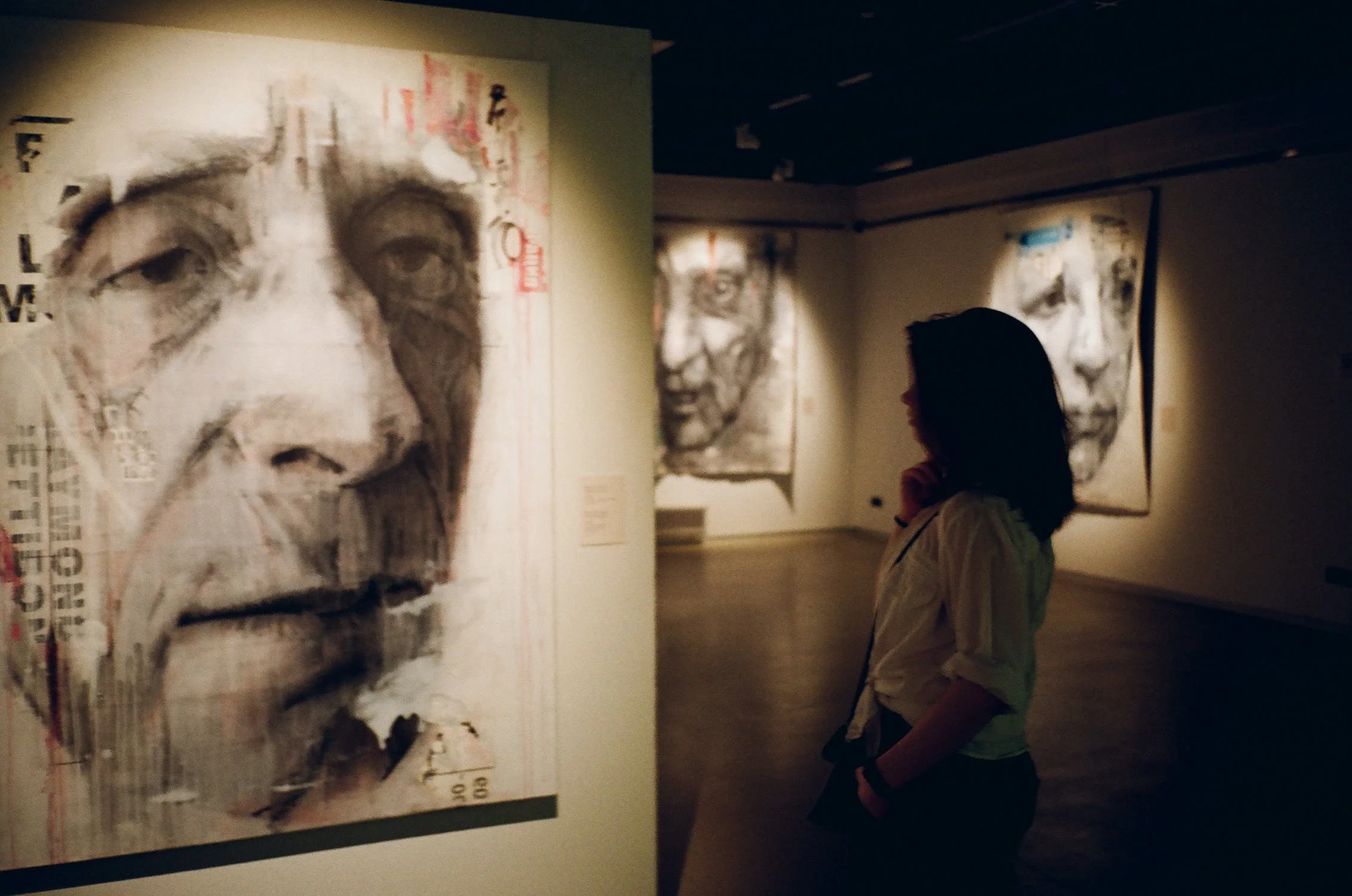“Right now there's sorrow. I don't envy the pain. But I envy you the pain”
(Call Me By Your Name, André Aciman)
This line from Aciman’s (2018) novel Call Me By Your Name is rather intriguing. Mr. Perlman envied the pain felt by Elio. He wished he had thrown himself into experiences so powerful only to feel this kind of profound sorrow in his youth, similar to the one his son now felt like a jilted lover. He argues that cherishing all feelings, the good and the bad is what makes us human, and to rob ourselves off of the experiences that come with these emotions by trying hard to not feel them is foolish. It got me thinking— do people seek to experience pain? The kind of sorrow so deep it touches the core of your being?
Sadness is something you cannot quite escape and while cheerfulness is emphasized often in modern society, much to our surprise (or not) reality is about grief and loss as well. There are people who, like Acimen’s character Mr.Perlman, seek to experience this negative emotion of pain and sorrow. And while they may not actively seek it through real-life experiences, they do so through other things, one of which is art. Researchers have highlighted this phenomenon where people are often, in fact, “glad to be sad”. The authors write about various examples of benign masochism; the enjoyment and pleasure many derive from experiences that are negative and which are falsely interpreted by the brain as threatening. For example, the pleasure one derives from listening to sad music, or the enjoyment one gets from looking at a piece of artwork depicting negative emotions, or reading books that are heart-wrenching that are sure to leave you ugly crying on the bathroom floor at 2 am. Why is it that we enjoy singing Diverse License with tears in our eyes and find it somewhat…therapeutic?
We as humans have devoted much of our attention and efforts to creating and consuming art that portrays tragedy and misery. Art is not only a medium that provides us with an escape from reality, it can also give us the space to understand negative emotions. While tragic events and feelings of misery in our actual lives are far from pleasant, many of us consciously seek art that brings us face to face with such emotions and we find ourselves actually enjoying the sadness that it makes us feel.
Goldstein (2009) tried to determine if there exists a difference between the emotional reactions we have towards works of fiction and those we have towards real-life experiences. Her study explained why people often enjoy such benign pursuits of self-destruction: they are not tinged with feelings of anxiety. The emotion people derive from tragic works of fiction is that of pure sadness whereas those we experience with real-life tragic events or other such negative experiences also seem to trigger, along with sadness, anxiety.
To help better understand this difference, we take the help of Mennighaus’ ‘distancing-embracing’ model. Negative emotions depicted in works of art have a more powerful impact on your perception. It does better in securing your attention and, surprise has the ability to move you (to tears) as well. This is exactly what makes negative art memorable and by increasing your emotional involvement with it, it becomes pleasurable. The scene, however, is slightly different for those suffering from depression. A study has shown how individuals suffering from depression are motivated to pursue sadness in an attempt to preserve a stable self-concept. Their consumption of sad media is driven by the motivation of ‘self-verification,’ which helps depressed individuals to remain in a state that they feel accustomed to, i.e., the negative patterns of thinking and feeling.
Circling back to the idea of using “sad” art for hedonic gain, an easy way to understand this is to view art as a safe space where you are invited to embrace sadness and other negative emotions with no strings attached or real-life consequences. The model by Menninghaus explains how we are able to distance ourselves from these emotions and maintain personal safety by being in control of how much or how little we wish to experience the negative emotion. While we are in that space, we get to play make-believe. We get to be a jilted lover much like Elio, that guy from Edvard Munch’s Melancholy, or Hazel Grace from The Fault in Our Stars. We get to be Olivia Rodrigo and imagine what it would feel like driving past our ex-lover’s house while still being utterly and stupidly in love with them. We vicariously live through these experiences depicted in works of art. We easily get to live many lives through them and savor these emotions as much as we want and switch back to our lives just as easily.
Questions regarding how long these emotions persist after we leave our make-believe world and if they have any consequences on our well-being and behavior are things that are yet to be explored. For now, we will stick to enjoying our favorite sad movie with a tub of ice cream and some fluffy pillows.
Sarah Rezaei


